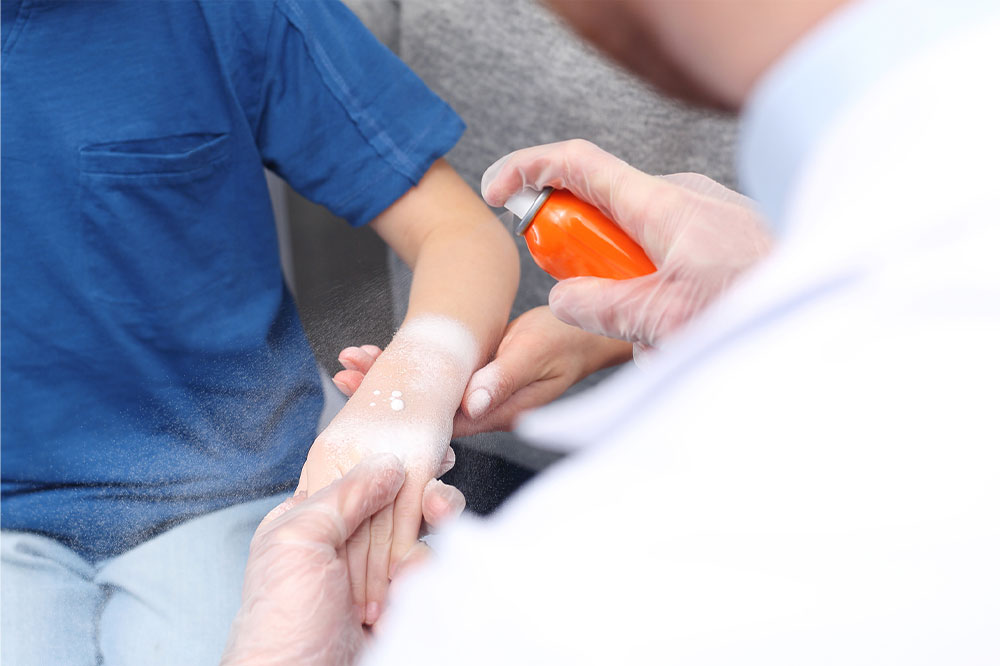
Second-degree burns – Symptoms, management, and stages of healing
Second-degree burns, also known as partial thickness burns, are more severe than first-degree burns. These types of burns affect both the outer layer of the skin, known as the epidermis and a portion of the second layer, known as the dermis. Sufferers of second-degree burns often experience intense pain and a prolonged healing time. If the burn covers a large area of skin, it can lead to serious complications and increase the risk of infection.
Symptoms
Blistered, shiny, white skin is the most prevalent sign of a 2nd-degree burn. But may also result in other symptoms . These include:
The affected area and the skin nearby display profound redness
Pain upon touching the skin following exposure to heat, chemicals, or flames
A patchy white or discolored skin that appears irregularly on the impacted area
Swelling
Scarring
Care and treatment
One must seek immediate medical care if one sustains a second-degree burn. Getting first aid can help avoid severe complications and streamline recovery. While awaiting examination, one can take the below-listed measures:
Remove any jewelry, clothing, or object covering the burn, as they may still be hot and aggravate its severity. However, if removing any clothing risks damaging the skin, one must leave it on.
Cool the burn by rinsing it with cool water. Do not use ice or cold water.
Consume ample amounts of electrolyte fluids or water to avoid dehydration.
Cover the burn with gauze or loose dressing, not wrapping it tightly to avoid curtailing circulation.
Avoid breaking or popping open blisters.
Please do not use any home remedies or butter immediately after sustaining a burn, as they may not be beneficial and worsen the condition.
The type of treatment for a burn will vary based on where it is located and how severe it is. The doctor will typically clean the burn and apply an ointment. However, if the burn is extensive or serious, hospitalization may be necessary for monitoring. In the case of deep second-degree burns, doctors may suggest grafting.
Stages of healing
Burns usually heal in three stages, and second-degree burns look different during each phase.
Reactive or inflammatory
It is the first stage in the healing process. One’s immune system sends white blood cells to the burn site. It helps keep infection at bay, triggers damage repairs, and eliminates dead tissue. In this phase, one will experience discoloration and burning.
Reparative or proliferative
It is the second stage in the healing process. Here, the wound starts closing and repairs the damaged blood cells. Further, the burnt skin may peel or flake as the body starts getting rid of it. Typically, this phase overlaps the first one.
Remodeling or maturation
It is the final healing stage. Here, the body deposits elastin and collagen into the injured tissue and builds scar tissue. This phase determines the visible scar tissue’s appearance and extent in the healed area. Typically, this stage overlaps the second one.
One can ascertain that the burn is healing properly by observing its progression through the three stages and without any infection signs. Infected burns may have purple discoloration or red streaks accompanied by substantial healing. Further, pus or fever are signs the burn is not healing well.
Healing time
Typically, it takes one to three weeks for most second-degree burns to heal. However, the healing time may vary depending on the burns’ location, cause, and size.




